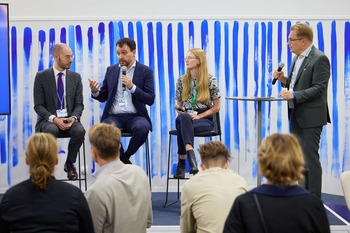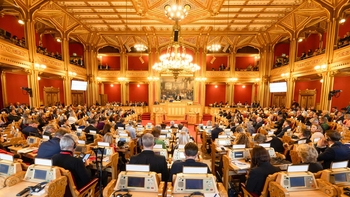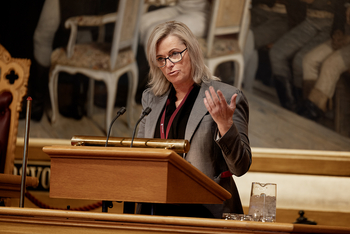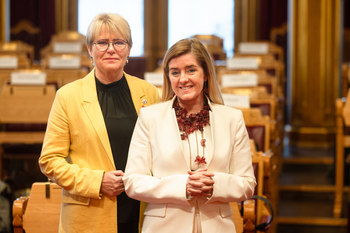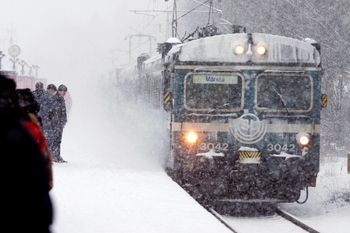One year after the biodiversity agreement: Is the Nordic Region’s nature policy on the right track?
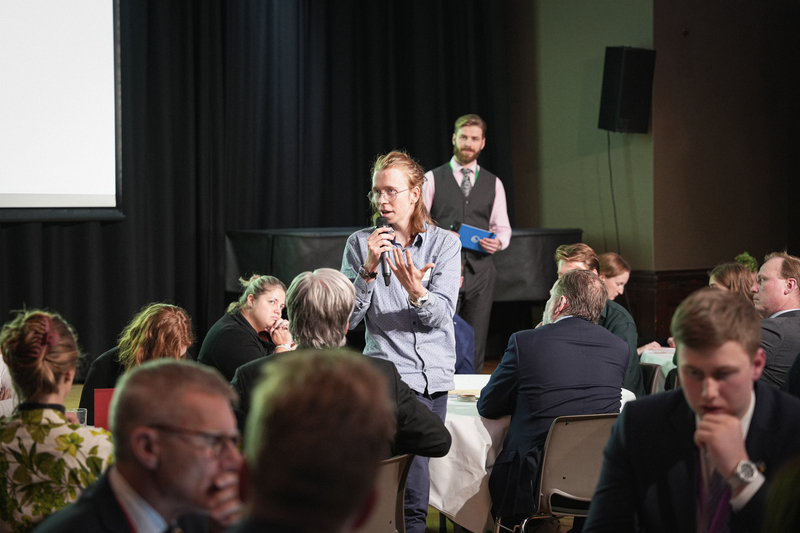
“A historic agreement for nature and people” is how the new global framework for biodiversity was hailed when the negotiations came to a head in the early hours of 20 December 2022.
Now, a year later, Nordic co-operation has provided the opportunity to follow up on the commitments made by the Nordic Region and other countries in Montreal in 2022.
At a round table discussion with the Nordic Youth Council, the Nordic Youth Biodiversity Network, and Nordic politicians, concrete opportunities for the rapid fulfilment of the agreement are being presented.
Nordic young people and politicians in consultation regarding the next steps
But first, Lova Eveborn, a Swedish member of the Nordic Youth Biodiversity Network, gave her view of the situation in the Nordic Region.
“Although we can see that the Nordic countries are working out plans in line with the agreement, we can also see serious examples of nature policy going in the wrong direction: Commercial deep-sea mining, an unsustainable forestry industry, dead zones in the sea due to the release of artificial fertilisers, and continued commercial whaling,” said Lova.
“The goals must be met nationally”
A special task for the participants at the round table was to come up with proposals for what the Nordic countries can do together to fulfil the agreement.
“The Nordic Region should agree on how to interpret the new nature agreement so that the 30 percent target is met nationally and not interpreted as a vague global target. The Nordic Region can also agree on standards for forestry and the fishing industry in order to counter monocultures. Furthermore, indigenous peoples should be included in all processes – that should be a Nordic approach,” said Jonas Kittelsen, a Norwegian member of the Nordic Youth Biodiversity Network.
Need for a joint Nordic effort
Another proposal from the roundtable discussion is that the Nordic Region should make a joint biodiversity effort, something that Ola Elvestuen, chair of the Committee for a Sustainable Nordic Region, agrees with.
“We now need to establish broader co-operation, an overarching agreement that we adheres to the Montreal Agreement and achieves the goals before 2030 in each individual country. The countries are allowed to create their own plans on how to succeed with this, but we should learn from each other, demonstrate that we’re following through on our commitments, and collaborate across borders. We have species, natural areas, and marine areas that extend across national borders, and where together we must fulfil the goals of the Montreal Agreement,” said Ola.
As important as the Paris Agreement
The Montreal Biodiversity Agreement is considered to have the same significance for nature as the Paris Agreement has for the climate.
It includes 23 goals aimed at protecting 30 percent of the world’s land, coastal, and wetland areas by 2030. Before that, the restoration of 30 percent of the world’s degraded ecosystems must also be initiated.
All the Nordic environmental and climate ministers participated in the UN negotiations a year ago, with parliamentarians and 18 Nordic youth representatives also present on site.
Conclusions to be carried forward into Nordic policy.
The youth representatives brought 19 demands to the negotiating table in Montreal, recommendations that had been developed by way of a three-year process and had gained support from both youth organisations and broader youth networks and the Nordic governments.
The conclusions from the roundtable discussions one year on will be summarised and conveyed to the Nordic ministers responsible for environmental policy and to the Nordic Council’s Committee for a Sustainable Nordic Region.
